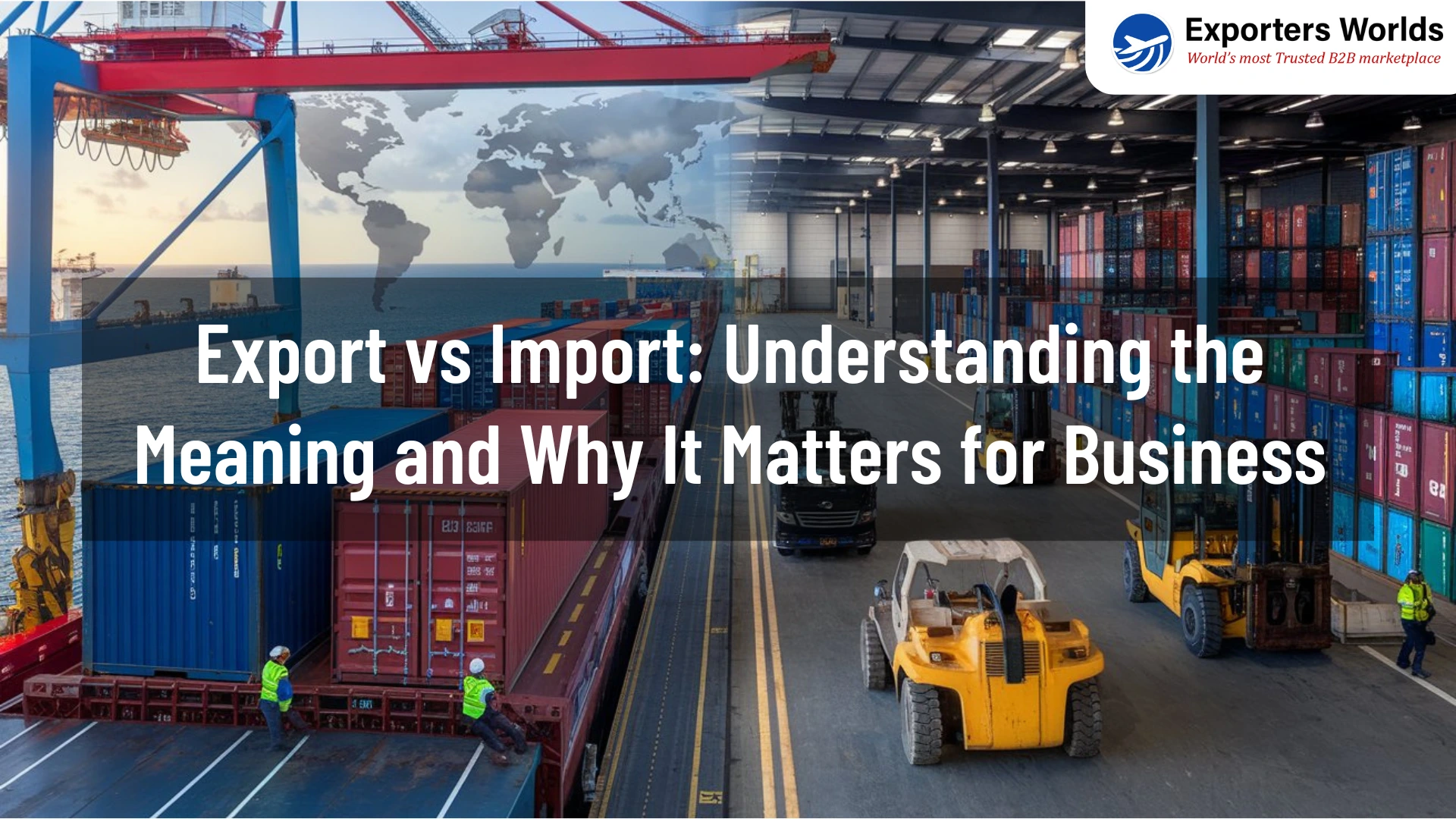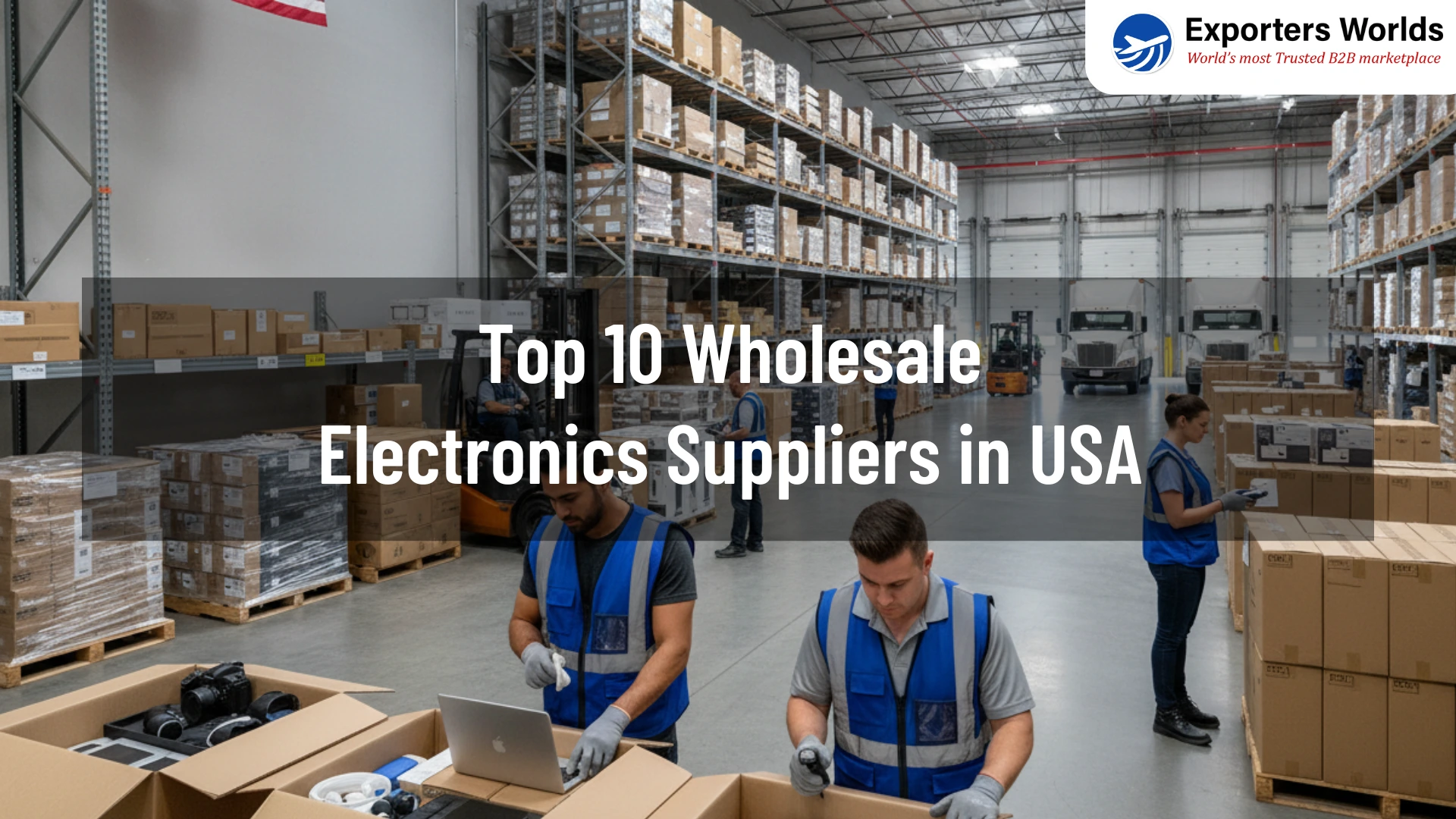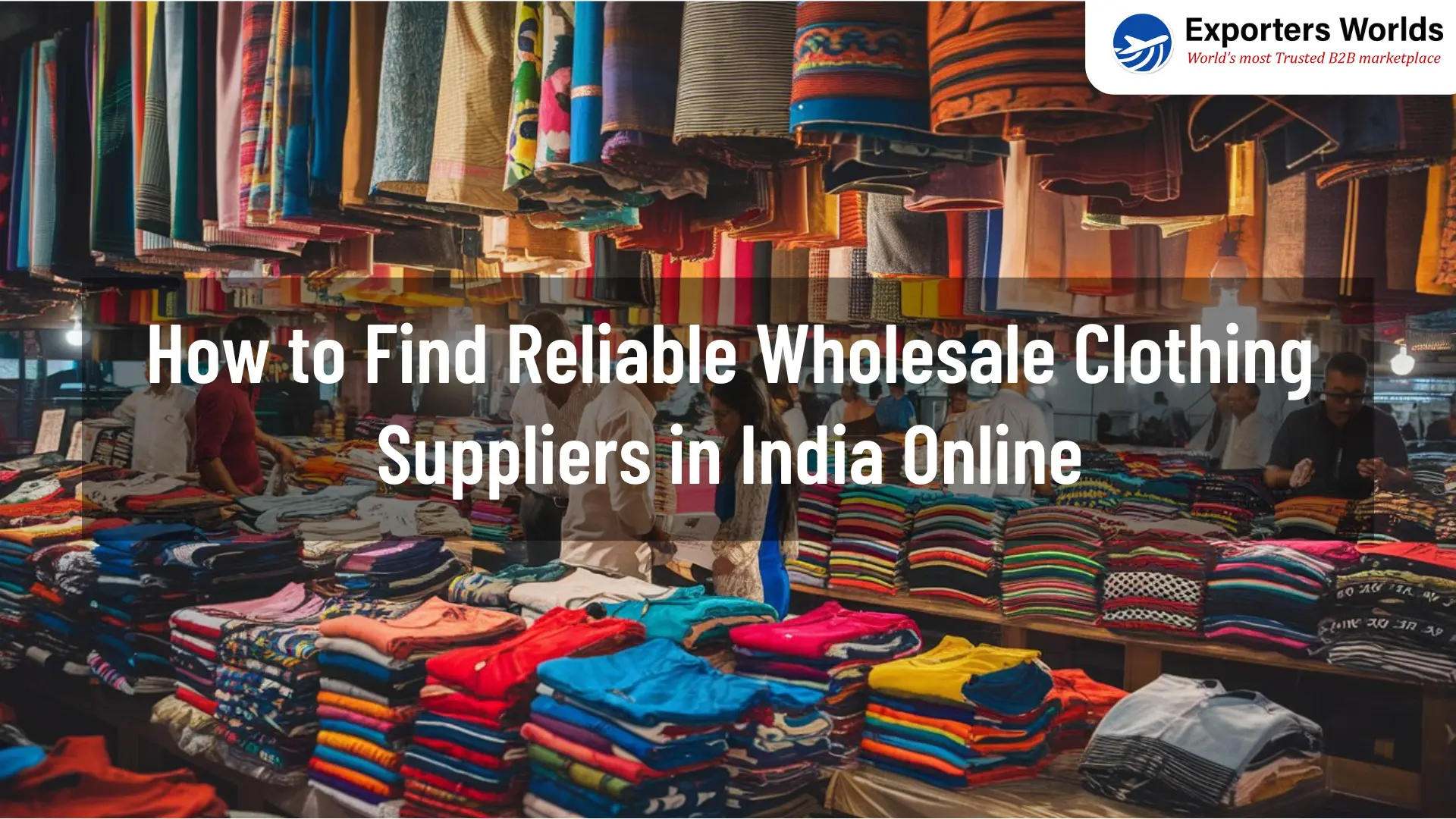Export vs Import: Understanding the Meaning and Why It Matters for Business

Introduction: Two Sides of the Same Global Coin
Picture a small textile manufacturer in India. They ship handcrafted garments to Europe while importing premium fabrics from Japan. One activity earns foreign currency; the other fuels production. That’s the rhythm of global business — export and import, working together like inhaling and exhaling.
Many entrepreneurs jump into trade without fully understanding what these two terms truly mean and how they shape the very foundation of business success. This article breaks down what export and import really mean, the types involved, and why mastering both can transform a company’s growth trajectory.
1. Understanding the Basics — What Are Export and Import?
At the core of every trade transaction lie two actions — exporting and importing.
-
Exporting is when a business sells goods or services to another country.
-
Importing is when a business purchases goods or services from abroad.
In simpler terms, if your product leaves your country — it’s an export. If it enters — it’s an import.
The global economy thrives on this exchange. Every nation acts as both a buyer and a seller, maintaining a flow of goods, money, and innovation. Think of export and import as the global circulatory system — one pumps out value, the other draws in opportunity.
According to industry estimates, the global trade volume has been expanding at a CAGR of around 3–4% over the past decade, signaling consistent interdependence among nations.
2. Why Exports and Imports Matter for Business
Understanding exports and imports isn’t just textbook knowledge — it’s strategic insight.
Exports bring foreign exchange, improve brand reputation, and allow businesses to scale globally. Imports, on the other hand, enable access to better raw materials, technology, and innovation. Together, they make companies more competitive and adaptable.
A balanced import-export relationship helps businesses:
-
Diversify markets and reduce dependency on local demand.
-
Stay resilient during domestic economic downturns.
-
Adopt global best practices and improve product quality.
When businesses understand both sides, they plan smarter. They identify cost advantages, spot emerging trends, and build networks that last decades.
3. The Different Types of Import and Export
Trade isn’t one-size-fits-all. Here’s how it typically breaks down:
-
Direct Trade: Businesses directly handle exports or imports without intermediaries.
-
Indirect Trade: Involves agents, export houses, or third-party facilitators.
-
Merchandise Trade: Deals with tangible goods — machinery, textiles, food, etc.
-
Service Trade: Covers intangible exports like IT, consulting, or design services.
-
Visible vs Invisible Trade: “Visible” for physical products; “Invisible” for services like tourism or software.
Each type comes with its own logistics, documentation, and taxation complexities. But understanding them helps businesses choose the right route for expansion.
4. Import vs Export — Which Is Better for Business?
The question “What is better — import or export?” doesn’t have a single answer.
-
Exporting is ideal for companies ready to scale internationally. It builds brand prestige and earns foreign currency but requires compliance and a strong logistics network.
-
Importing benefits businesses looking to improve production quality or reduce costs by sourcing better materials or technology.
The real win comes when companies balance both, using imports to strengthen their exports. For instance, a car manufacturer might import precision components to build vehicles locally and then export the finished product — gaining global credibility.
In fact, the manufacturing sector’s trade activities have shown a steady CAGR of nearly 5%, driven by this balance between import and export.
5. How Import-Export Companies Drive Global Trade
Import-export companies are the unsung heroes of international business. They bridge the gap between producers and consumers across borders, ensuring trade flows smoothly.
Their core roles include:
-
Identifying reliable global suppliers and buyers.
-
Managing logistics, customs, and trade documentation.
-
Ensuring compliance with international regulations.
-
Handling quality checks and currency transactions.
Without these intermediaries, trade would be chaotic. A well-established import-export company not only simplifies operations but also enables smaller businesses to enter the global market confidently.
6. Case Study — A Small Business Goes Global
Take the example of a small handcrafted home décor brand from Jaipur. For years, it sold products locally. In 2019, the business decided to export to European retailers. To meet rising quality demands, they began importing eco-friendly materials from Vietnam.
Within three years:
-
Sales grew by 60%.
-
Their product line expanded into three new categories.
-
They built partnerships with 20+ international clients.
This mix of export ambition and smart imports transformed them from a local artisan unit to a recognized global brand.
7. Recent Trends in Global Trade
-
Digital transformation: Cross-border e-commerce is growing at a CAGR of 25–30%, driven by online B2B platforms.
-
Sustainability focus: Green exports and carbon-conscious sourcing are becoming standard practices.
-
Diversified supply chains: Businesses are spreading production across regions to reduce dependency on single markets.
-
AI-driven trade systems: Predictive analytics and automation are streamlining customs and logistics.
8. Interesting Facts About Global Trade
-
About 80% of world trade by volume travels via sea routes.
-
China, the U.S., and Germany remain top exporters worldwide.
-
India’s exports surpassed $770 billion in 2024, a milestone for its growing industries.
-
Over 40% of global trade connections now originate from online B2B platforms.
-
The service export sector (IT, finance, consulting) contributes nearly 25% of total global trade value.
9. Closing Thoughts
Every business, large or small, is part of the import-export chain — directly or indirectly. Understanding how these two forces work isn’t optional anymore; it’s the difference between staying local and going global.
For those ready to take that step, Exporters Worlds stands as a bridge between ambition and achievement. As India’s trusted B2B marketplace, it connects genuine buyers and sellers worldwide — simplifying trade, strengthening partnerships, and making global business accessible to all.
Because in today’s world, understanding export vs import isn’t just about trade — it’s about vision. The vision to see beyond borders and grow with the world.



